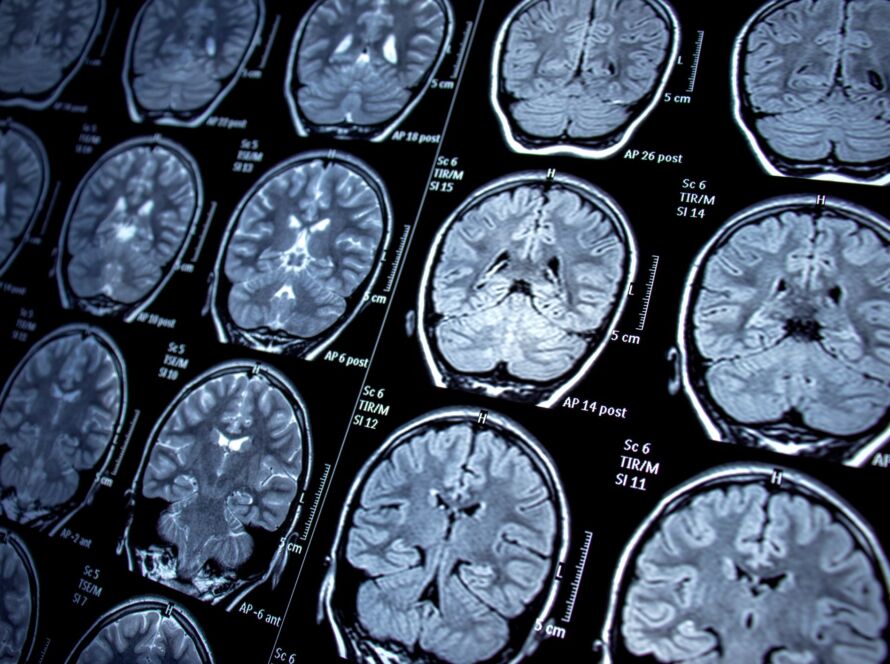01 August 2023, Australia: Diagnoses for patients will soon happen at an accelerated pace and with improved detection thanks to a new integrated AI platform, Calantic Digital Solutions, developed by global life science company, Bayer.
Described as a ‘second pair of eyes’, Calantic Digital Solutions is a cloud-hosted platform that gives radiologists scalable access to tools and AI applications to support workflow prioritization, detection and quantification while cutting down their manual workload– potentially saving radiologists time and optimising the use of existing resources.
Professor Paul Parizel, radiologist at Royal Perth Hospital, and inaugural David Hartley Chair of Radiology at the University of Western Australia, welcomed the launch of Calantic Digital Solutions, saying that this technology has great potential to enhance medical imaging and comes at a time when Australia’s ageing population and changing lifestyles are leading to an increase in chronic diseases.1
“The role of radiologists to help patients get timely and accurate answers about their health has never been so important,” Professor Parizel said.
“This has led to acute pressures on radiologists who face ever-expanding workloads. A US study has shown us that the average radiologist interpreting CT or MRI examinations must interpret one image, every 3-4 seconds, in an 8-hour workday, to meet workload demands.2 This is immense and would be no different here in Australia.”
In fact, the expanding roles of medical imaging and increasing after-hours demand is contributing to burnout for almost half (49%) of radiologists.3 To add to the challenge there is also a shortage of radiologists in Australia. According to a 2020 report by The Royal Australian and New Zealand College of Radiologists, AI is an important factor capable of mitigating against this undersupply of clinical radiologists in Australia in the longer term.1 A European Society of Radiology (ESR) study also found that there was a general favourable attitude towards AI from radiologists, who unanimously want to be involved in its development in medical imaging.4
“AI-enabled radiology that effectively combines human and artificial intelligence is a promising and exciting opportunity for the delivery of better healthcare. AI opens new horizons and will support radiologists to handle the growing amounts of data, with value-adding and quantitative insights. This ultimately leads to accelerated and improved diagnosis, and better health outcomes for patients,” Professor Parizel said.
As a life science company with heritage in both therapeutic and diagnostic innovations, Bayer is building on its deep medical understanding across a multitude of diseases, to drive innovation in medical imaging. Calantic Digital Solutions, developed with inputs from radiologists for radiologists, will initially focus on thoracic and neurological diseases in X-Ray, CT and MRI (breast and cardiovascular diseases are planned to be added following local regulatory approval).
“Bayer is proud to play a role in helping to support healthcare professionals so that they can make better, well-informed decisions at critical steps within a patient’s journey,” said Michael Grimm, Country Group Head of Radiology at Bayer in ANZ and South Asia.
“Calantic Digital Solutions is our newest commitment to addressing the rising demand for health solutions, including supporting radiologists with new tools to enhance speed and accuracy of diagnoses. This launch represents a major step forward for Bayer, from being a product provider to a solution provider. We remain invested in local research and development in medical imaging as we continue to focus on delivering state-of-the art disease-oriented solutions for radiologists and for the benefit of Australian patients.”
Calantic Digital Solutions is currently being trialled at Macquarie Medical Imaging at Macquarie University Hospital in New South Wales. It was first launched in the US and parts of Europe late last year, and in Japan in April 2023.
Also Read: India’s decision to ban the export of non-basmati rice created a worldwide uproar
(For Latest Agriculture News & Updates, follow Krishak Jagat on Google News)


